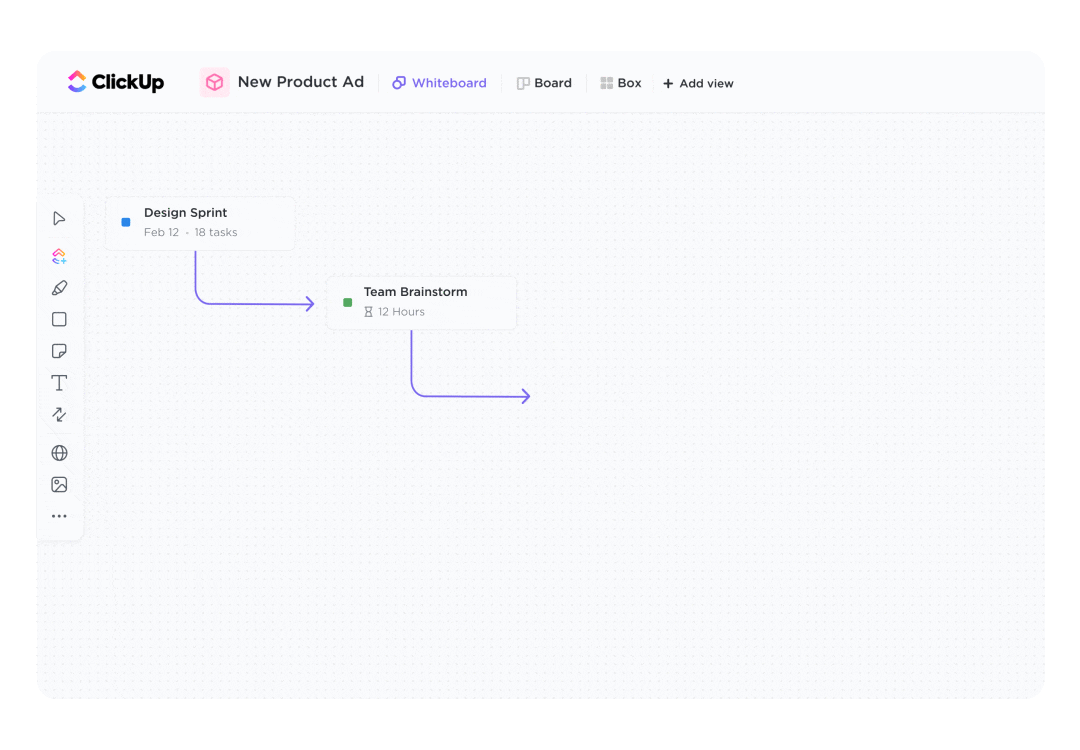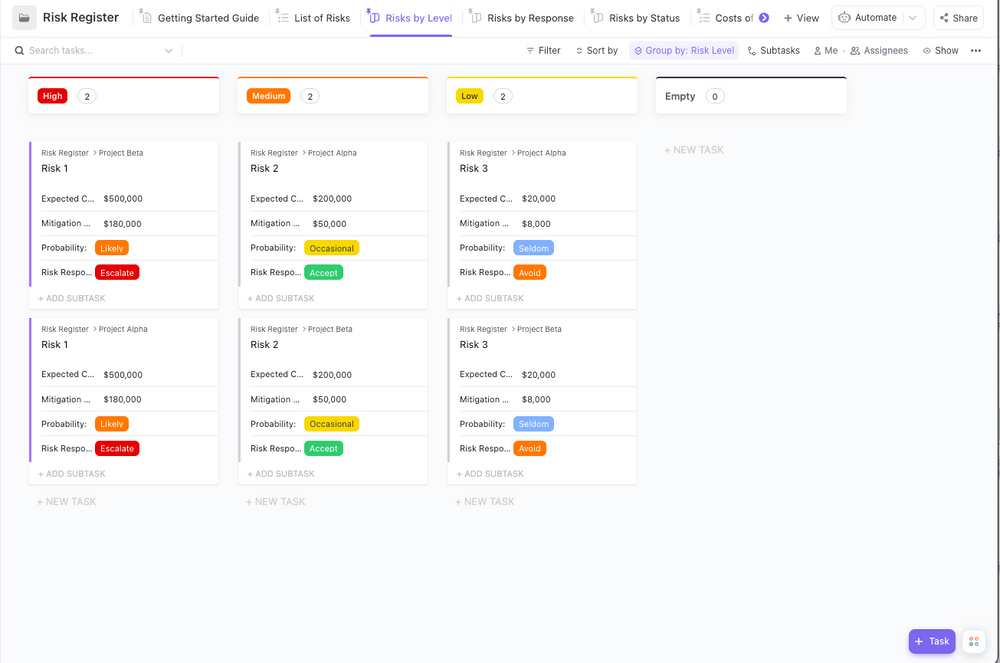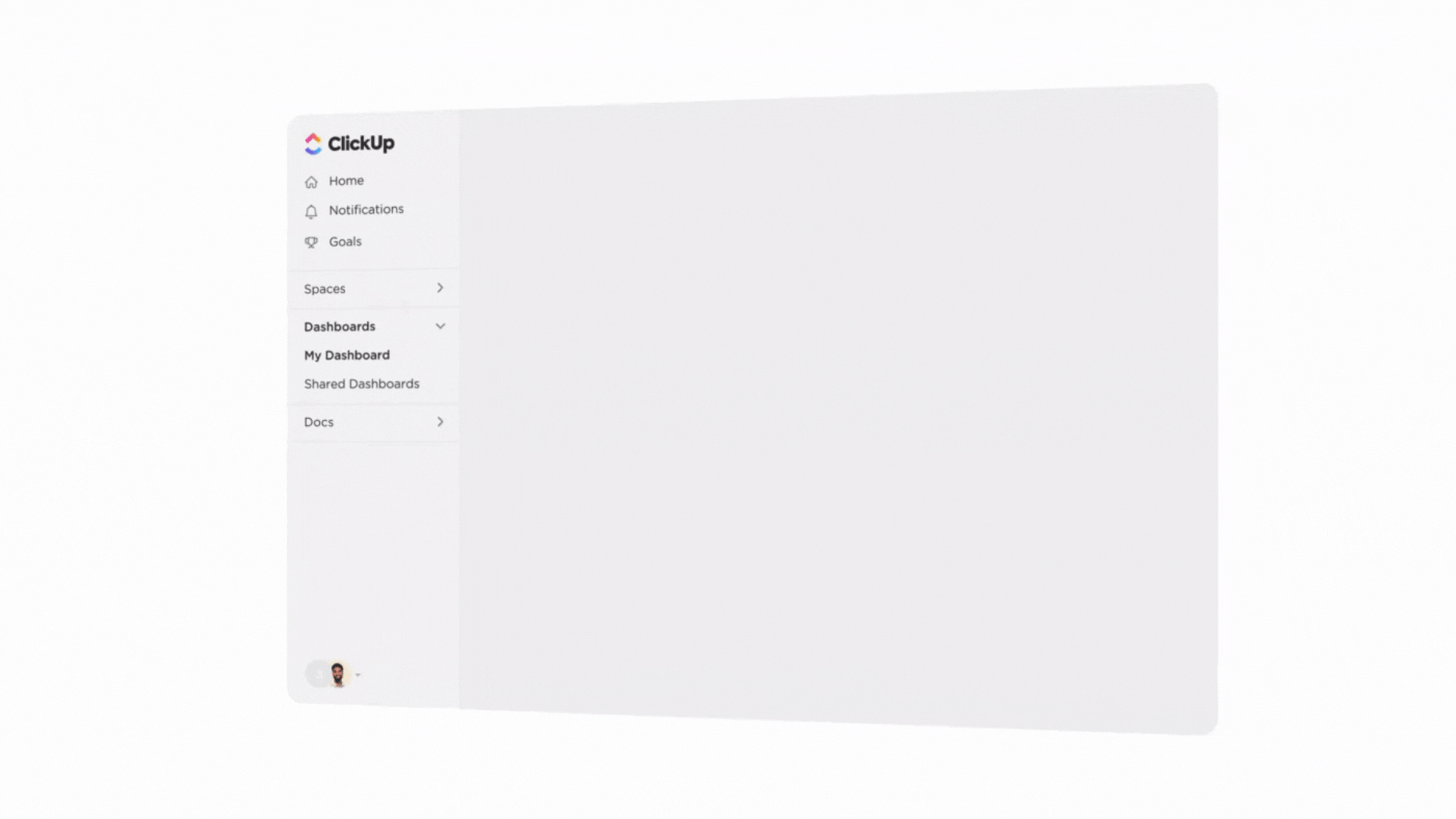

What does it take to manage a project well? Leadership? Yes. Team work? Of course! But how do you approach it with balance?
Imagine running a big project like building a treehouse. Do you start with a master plan from the top, ensuring every detail is in place, or gather the gang, brainstorm ideas, and build from the ground up?
It’s like choosing your management style of managing a new project. Do you go with the bossy top-down plan or the democratic, bottom-up approach? Let’s keep it simple: should the chief be the boss telling everyone what to do, or should the team decide things together?
This article will look at the top-down vs bottom-up approach to project management and see which works better for different situations.
- What is a Top-Down Approach?
- Benefits of a Top-Down Approach
- What is a Bottom-Up Approach?
- Benefits of a Bottom-Up Approach
- Major Differences Between Top-Down vs Bottom-Up Management
- Choosing the Best Approach for Your Team or Business
- Improving Your Team’s Management with ClickUp
- Finding the Right Balance for Your Project’s Success—Using ClickUp
What is a Top-Down Approach?
In project management, the top-down approach is like having a master plan ready before starting the project. Imagine you’re the chief architect, sitting comfortably at the top of the tree, sketching out every detail. You decide on the treehouse design, materials, and where each piece should go.
In practical terms, this means that the project leader or manager takes charge, analyzing the project as a whole and breaking it down into smaller, manageable tasks. Like our chief architect, they set the goals, allocate resources, and define the project’s overall structure.
The advantage of the top-down approach is clarity. All team members know their role, and the vision (big picture) is crystal clear. There’s a potential downside, though. The top-down approach will miss the creative input and unique ideas the team could bring.
Imagine if, in our treehouse project, the chief architect forgot to ask the kids if they wanted a secret trapdoor or a telescope. Sure, they would have a functional treehouse, but would they be pleased with it?
While the top-down approach offers a well-organized plan, ensuring that the finer details stay visible, it does not allow collaboration and creativity to flourish.
Benefits of a Top-Down Approach
- Clear direction➡️: The good thing about top-down is that everyone knows where the team is heading. The leaders (upper management team) set the goals, and the team follows them. This helps avoid confusion and keeps everyone on the same page
- Smart use of resources🛠️: With top-down, the leaders will use resources wisely because they see the whole picture. They decide where time, money, and people should go to make the project successful
- Easy communication🗣️: Top-down makes communication simple. The leaders say something, and it goes down the line. This way, everyone knows what’s happening, and there are fewer misunderstandings
- Greater accountability✅: Since there is an established chain of command and clear allocation of responsibility, the top-down approach makes it easier to hold people accountable. You know who the source is if a problem arises, and fixing it is that much faster
What is a Bottom-Up Approach?
In project management, the bottom-up approach is akin to gathering the team at the tree’s base, tossing around ideas, and collectively deciding how to build the treehouse. It’s a democratic process where everyone has a say.
In a bottom-up approaches, the team members actively participate in decision-making. They share their insights, skills, and suggestions, and the project gradually takes shape based on their collective input. Each friend suggests a unique feature for our treehouse project, like a rope ladder or a cozy reading nook. The final design emerges through a collaborative effort, with contributions from everyone involved.
The strength of the bottom-up approach lies in its inclusivity and the wealth of diverse ideas it brings. Creativity flourishes since everyone has a voice, reflecting a broader range of perspectives. However, managing this process can be like wrangling playful monkeys in a tree—it might take longer to reach a decision, and the overall structure may need some adjustments.
While the bottom-up approach fosters innovation and team engagement, striking a balance is crucial. Too many ideas without a guiding structure might lead to chaos. It’s like ensuring that while building the treehouse, there’s still a sturdy trunk and branches to support all those exciting additions suggested by the team.
Benefits of a Bottom-Up Approach
- Creative thinking 🧠: Embracing the bottom-up management approach lets your team be creative. Team members can share their ideas; some might be smart solutions that leaders didn’t think of. It’s a way to encourage new and innovative thinking
- Happy team 😄: When the team gets to make decisions, they feel more involved and happy. Everyone feels part of the success, which excites people to work on the project. That’s a crucial advantage in favor of the bottom-up approach in bottom-up vs top-down comparison
- Quick adaptation🏃: Bottom-up is good at adapting to changes fast. Since the people doing the work make decisions, they quickly adjust plans when things change. This makes the project more flexible and able to handle unexpected situations
Major Differences Between Top-Down vs Bottom-Up Management
Decision-making authority
In the top-down approach, the decision-making authority rests primarily with a central figure, our chief architect in the treehouse scenario. They plan and decide the structure, design, and features, and the team follows their lead.
In the bottom-up approach, the team members share the decision-making process. Each participant has a say in the project, contributing ideas and collectively shaping the final product, much like friends collaborating on the design of a treehouse.
Clarity vs. creativity

The top-down approach provides clarity from the outset. The plan is well-defined, ensuring all team members know their role and the project’s direction. However, this clarity might come at the expense of stifling creative input from the team.
The bottom-up approach encourages creativity and inclusivity. Team members bring diverse ideas to the table, fostering innovation. However, the process may take longer, and managing multiple suggestions could impact the effectiveness of coordination.
Efficiency vs. engagement
The top-down approach can be more efficient in terms of decision-making and execution. With a clear plan, task assignment is quick, and the project progresses seamlessly.
While the bottom-up approach may take more time due to collaborative decision-making, it fosters high team engagement. The sense of ownership and involvement will lead to a more motivated and dedicated team.
Adaptability

When comparing the top-down vs bottom-up approach, the top-down might need help with adaptability. Once the plan is set, making significant changes without disrupting the entire structure is challenging.
On the other hand, the bottom-up approach is inherently adaptable. Since decisions evolve organically, the team quickly adjusts based on real-time feedback and emerging ideas.
The choice between bottom-up vs. top-down approaches boils down to whether you prefer a project where the leader decides on everything or evolves from a collaborative effort, where everyone contributes to the final masterpiece. Each approach has its strengths, and the best choice often depends on the specific needs and dynamics of the project at hand.
The same applies to project management. When looking at the top-down vs bottom-up management styles, you must consider the situation before picking one. How do you do that? Keep reading to find out!
Choosing the Best Approach for Your Team or Business
Deciding on the management approach for your projects is a crucial decision that significantly influences your team’s success. Take Google and Apple, for instance. Both of these tech behemoths follow different approaches to managing their teams. While Apple’s management is more inclined towards the top-down side, Google follows more of a bottom-up approach.
To make the best decision for your team or business, you must look into some key aspects and develop your approach without getting caught up in the top-down vs bottom-up rivalry.
Understand your team dynamics
Think about your team’s expertise and experience. If your team is skilled and experienced, a bottom-up approach, where everyone contributes ideas, might be great. But if your team is relatively new or lacks specific skills, a top-down approach might be more suitable, with clear guidance and motivation from leaders.
Action steps: Consider conducting a skills assessment within your team to identify strengths and areas needing support.
Project complexity and flexibility

Consider how complex your project is and how often it might change. For projects with well-defined goals, a top-down approach provides a clear roadmap. However, in fast-paced environments or industries where changes are frequent, a bottom-up approach, allowing for quick decision-making, might be a better fit. 🧩
Action steps: Create a project matrix outlining key variables like timelines, budget constraints, and stakeholder involvement—this will also help you develop better practices to manage that project.
Innovation and problem-solving needs
Think about the role of innovation in your projects. A bottom-up approach encourages creativity from everyone, leveraging diverse perspectives. Conversely, a top-down approach may be necessary for projects where a centralized vision is crucial for innovation.
Action steps: Facilitate regular brainstorming sessions or idea-sharing forums within your team.
Organizational culture
Reflect on your organization’s culture. If it values collaboration and everyone’s input, a bottom-up approach supports this. A top-down approach might align better if it’s more hierarchical, where decisions come from the top.
Action steps: Conduct surveys or focus group discussions to understand your organization’s culture.
Risk tolerance

Consider how your organization deals with risks. In risk-averse industries, a top-down approach provides stability. Conversely, if your organization is open to experimentation, a bottom-up approach allows more flexibility in navigating risks.
Action steps: Create a risk assessment framework to quantify potential risks associated with your projects.
Combining approaches
Acknowledge the potential benefits of combining elements from both approaches. A hybrid approach offers clear leadership advantages while leveraging front-line employees’ creativity.
Action steps: Explore case studies from organizations successfully implementing a hybrid approach.
Continuous evaluation and adaptation
Understand that deciding to go one way or the other is not static. Regularly evaluate the effectiveness of your chosen approach and be prepared to adapt based on team composition, project requirements, or external factors.
Action steps: Implement a feedback loop within your project management framework, for example, regular check-ins, surveys, or retrospective meetings to gather insights on the effectiveness of the chosen approach.
Improving Your Team’s Management with ClickUp

Whether you prefer to lead from the top or believe in empowering your team from the bottom, ClickUp’s Project Management tool is the ultimate weapon you need to make your team more efficient. ClickUp is more than a project management software; it’s a one-stop platform where all your work, projects, and teams come together without needing multiple apps.
Simplified collaboration and workflow management

ClickUp makes collaborating on projects and managing workflows straightforward. Its hierarchy framework neatly organizes the most complicated projects into tasks and subtasks. Easily switch between different views of your project data in one central place.
Customizable features for actionable project roadmaps
ClickUp allows you to customize features according to your team’s needs. This means turning your ideas into action and creating project roadmaps around key milestones, all within the same platform, is easy. 🗺️
Integration capabilities for seamless connectivity
ClickUp stands out with its ability to connect with over 1,000 other work tools for free. Whether Slack, Google Drive, Figma, Loom, or more, ClickUp streamlines your project management and brings your team closer to achieving their goals.
Finding the Right Balance for Your Project’s Success—Using ClickUp
In project management, it’s not about picking sides—bottom-up vs top-down—it’s about finding what works best for your team. Top-down management gives clear direction, while bottom-up sparks creativity. Many successful teams mix both, creating a dynamic project space.
Whatever approach you pick, you need to be on top of your game with project management.
Incorporating ClickUp project management software into your project management toolkit boosts efficiency and provides a user-friendly experience. It supports both leadership styles, top-down vs bottom-up, and ensures your team can focus on completing projects.
👉 Check out Clickup’s project management tool today!



